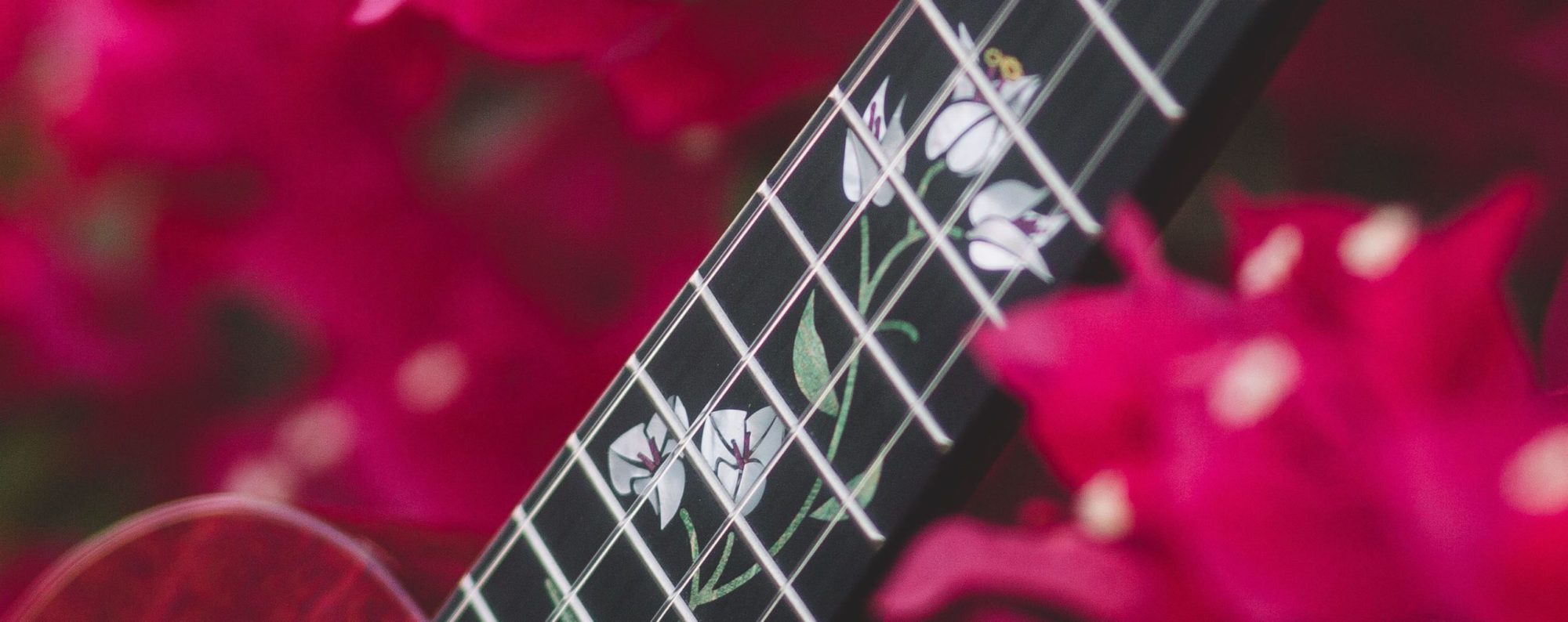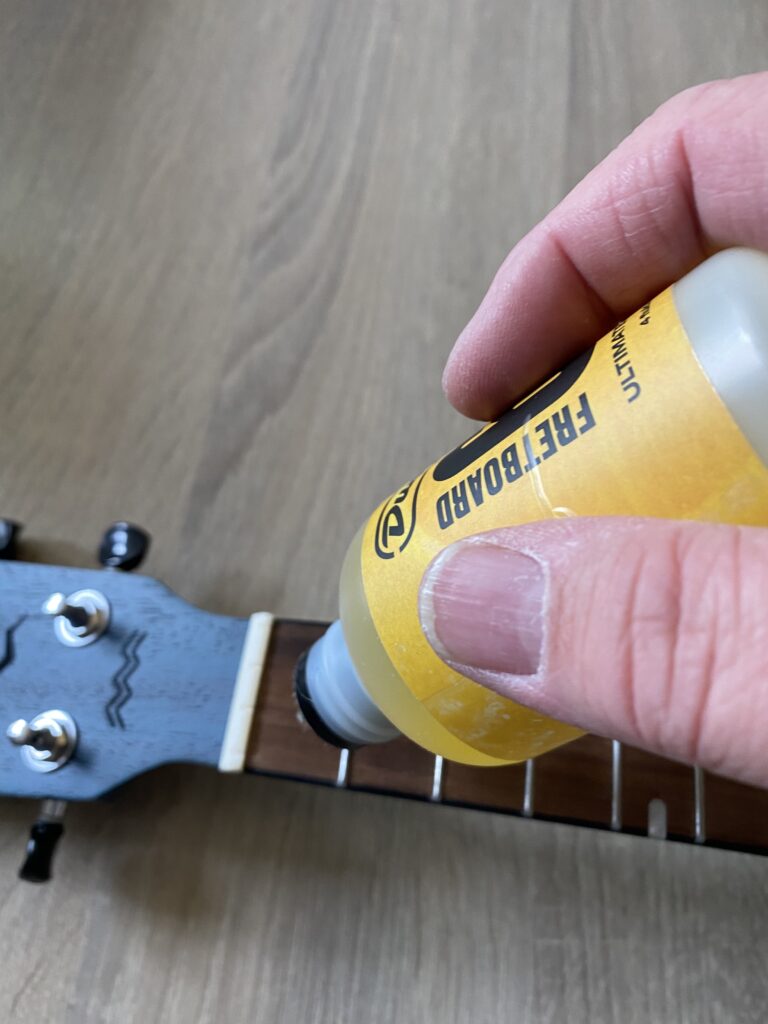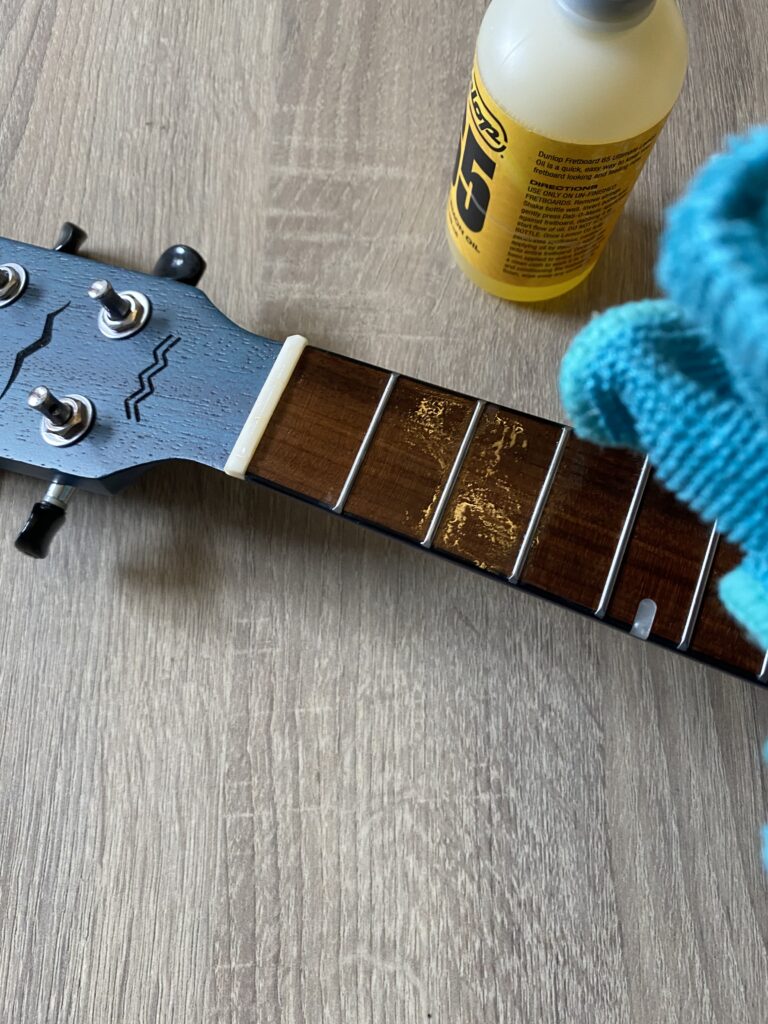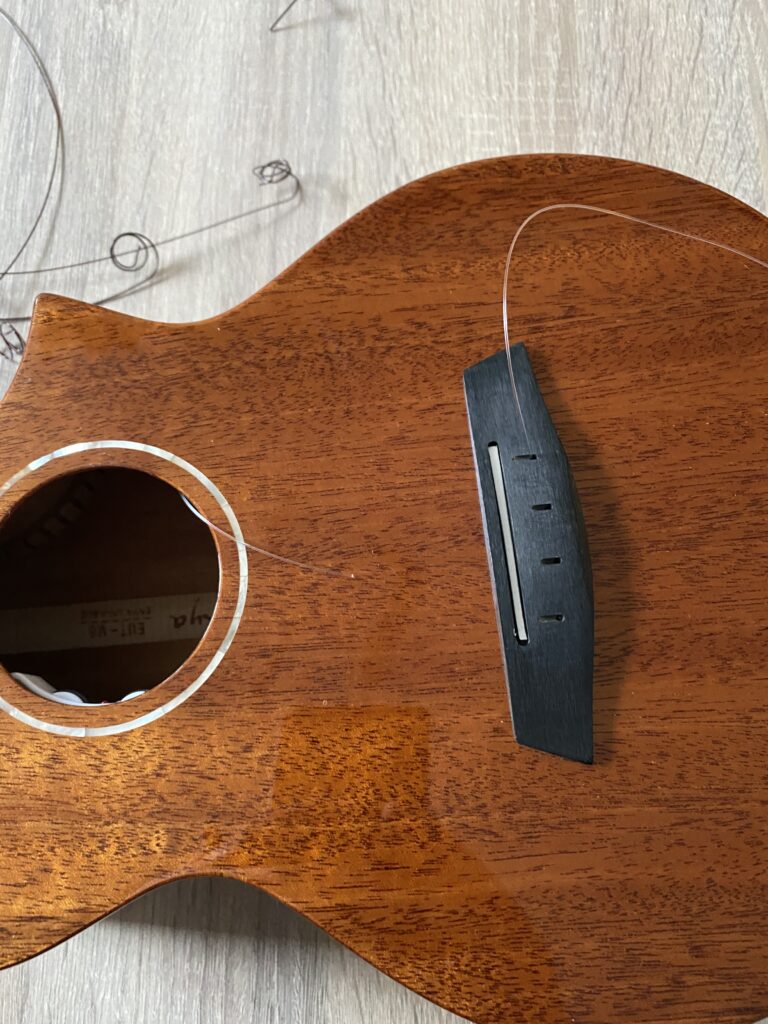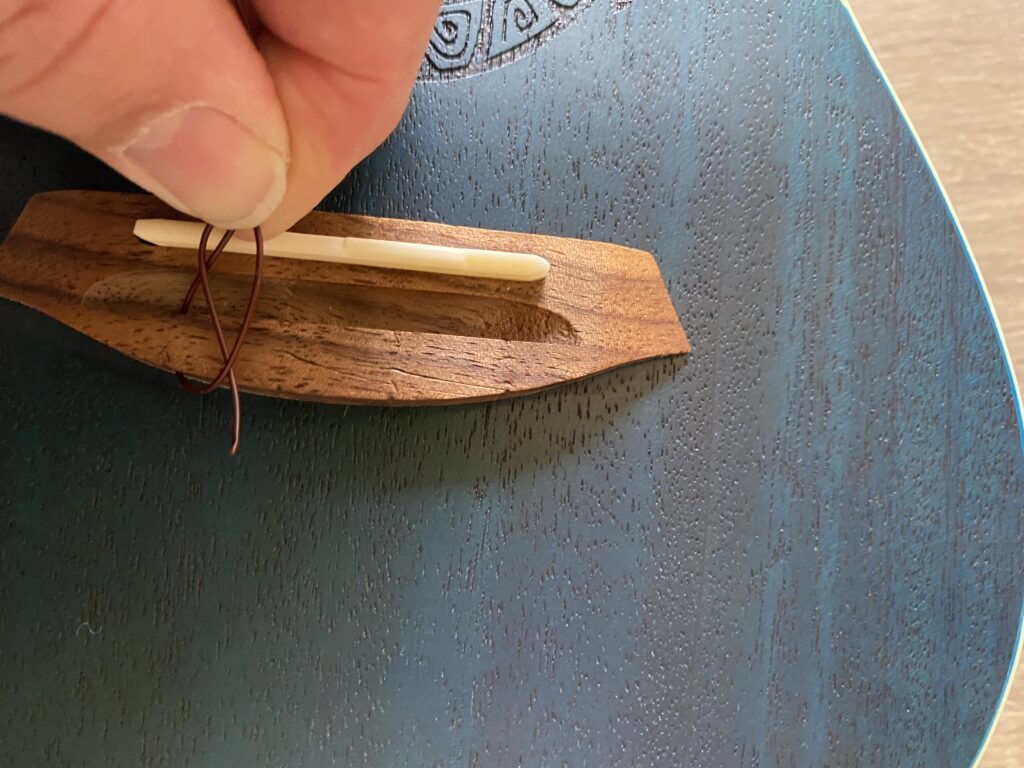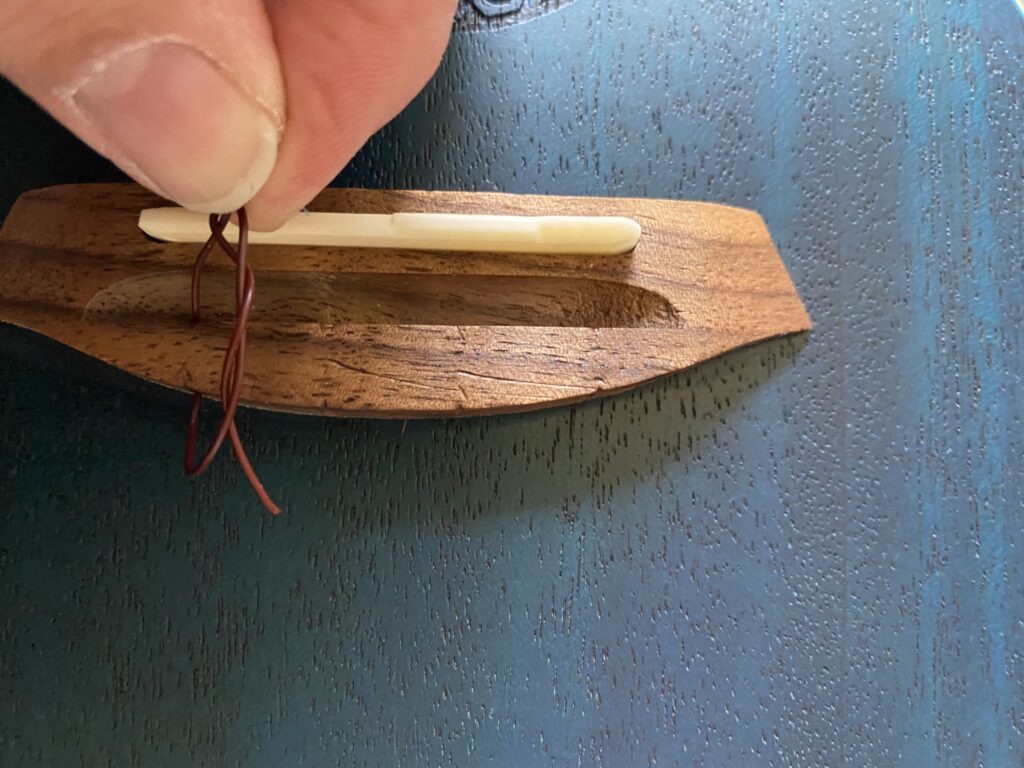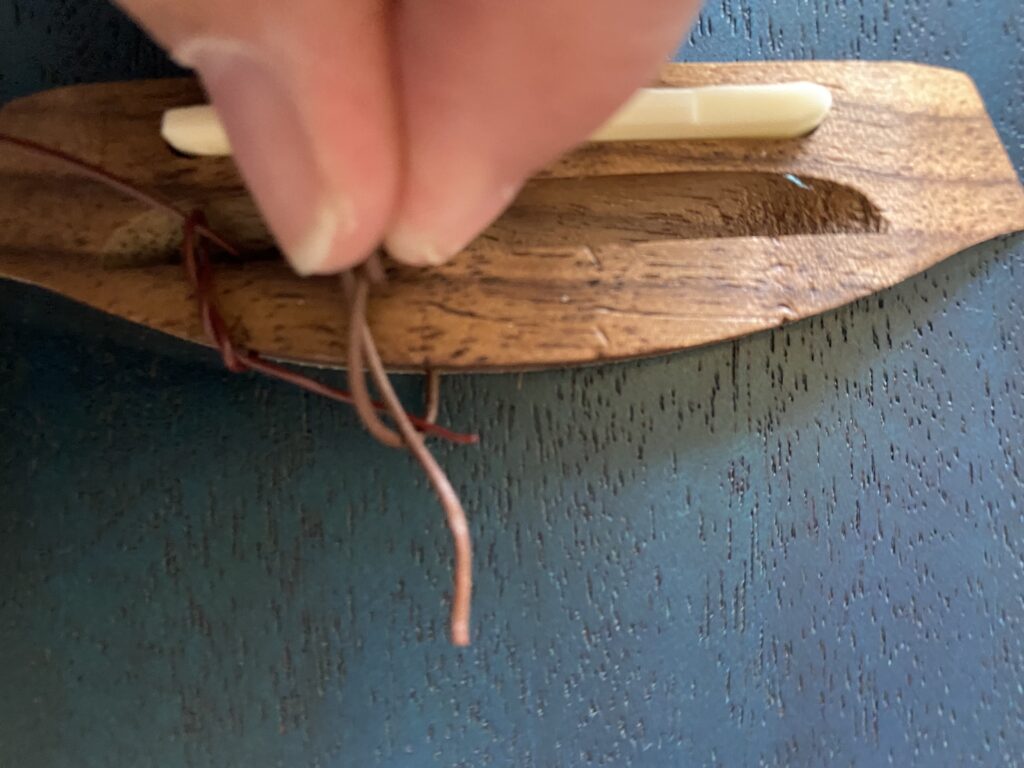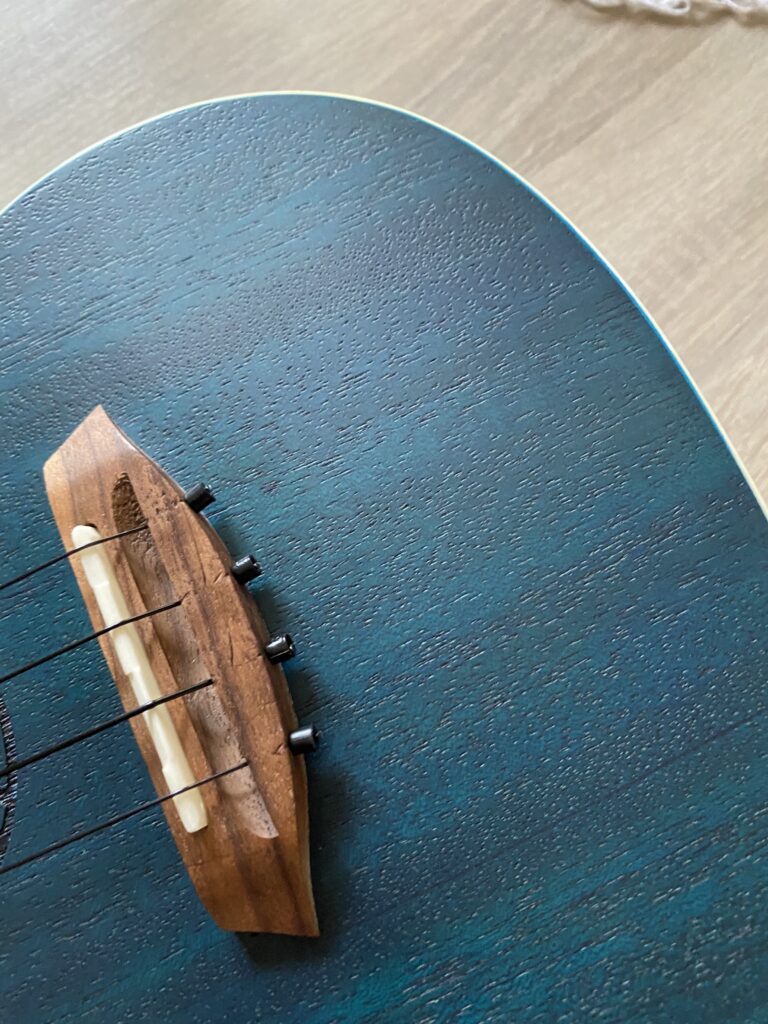by Stefan Harder
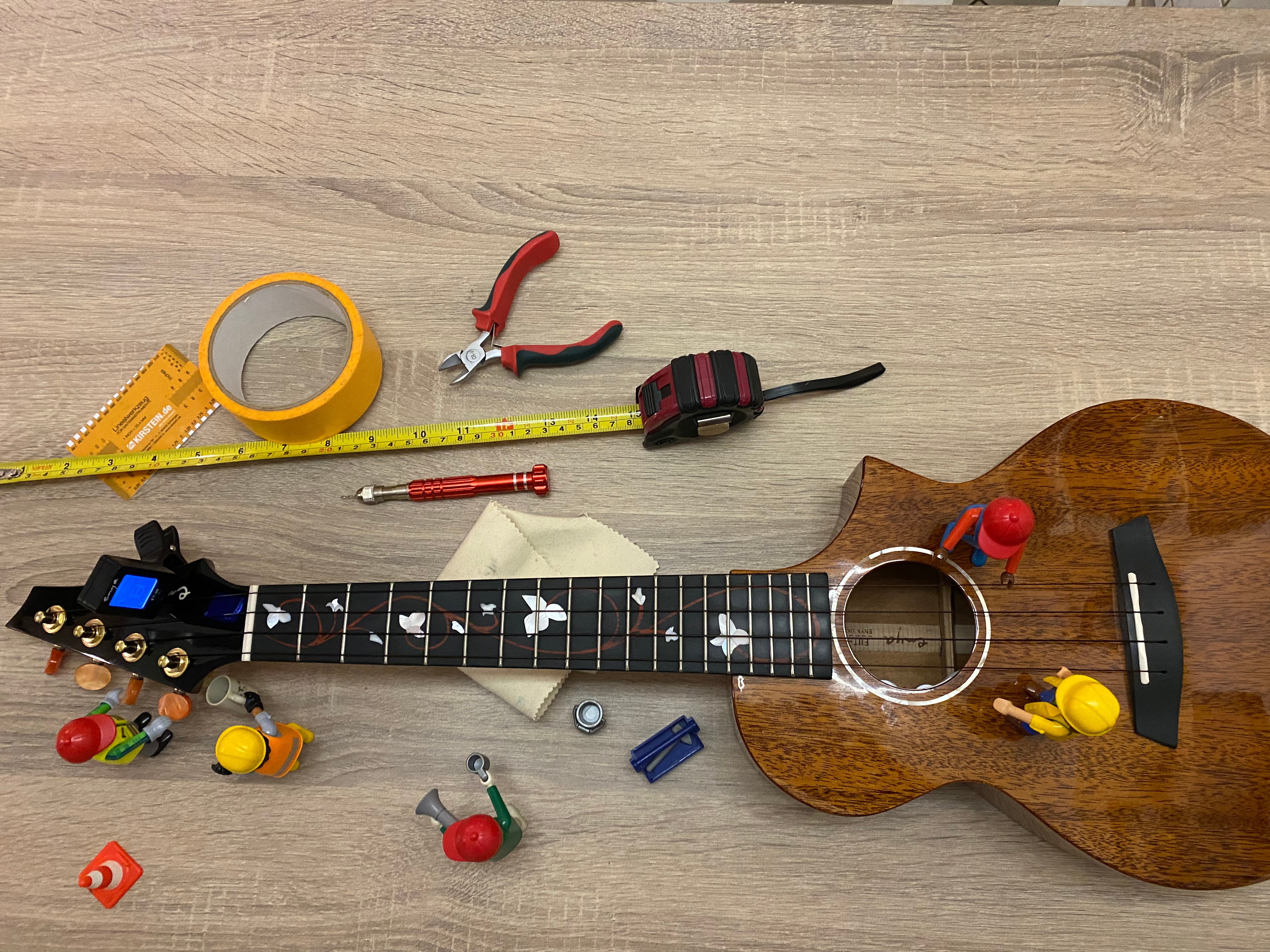
We all know that moment: It’s time to change the strings on the ukulele !
Some accept it and go to work, others fear this moment.
Let me tell you: Don’t fear, I will help you in your struggle and guide you through this. Read the following article and you will be brave enough to change the strings yourself and maybe you are able and willing to take some extra care of your ukulele.
When is the right moment to change the strings?
Obviously, when one of them breaks, you should change them all.
You can check your strings, when you run your little fingers on the back of the strings. If you can feel little notches from the fret wires, then it’s time to change the strings.
What will I cover in this article:
Of course, the process of changing the strings. We will also have a look at different kinds of bridges and I want to give some tips for cleaning and maintaining your Ukulele.
At this point, before you take the old strings off your Ukulele, you might want to take a look at the action (the height of the strings above the fretboard). For this part I refer to my corresponding article about “Lowering the action” in our 3rd issue of the Ukelandia Magazine (https://ukelandiamagazine.com/). This step is definitely optional and more than a basic task.
What do we need for our task ?
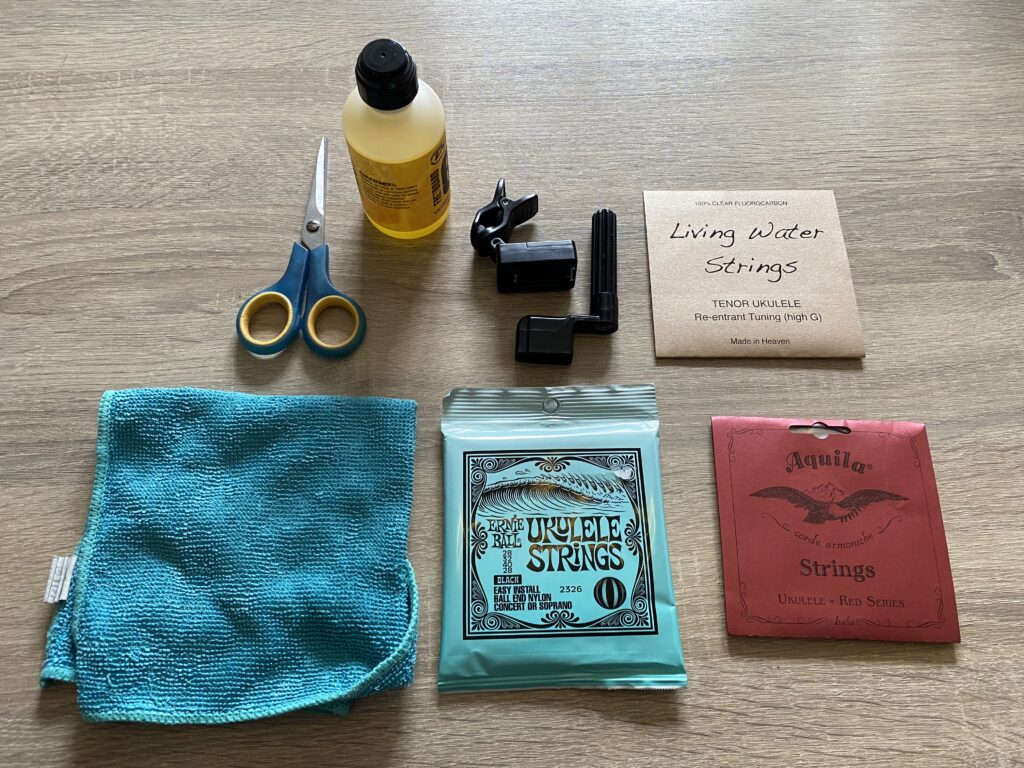
Strings, a tuner, a string winder (optional), cleaning cloth, fretboard oil, a scissor or a pincer.
We don’t have steel strings on the ukulele, but the strings are still under tension and I first loosen the strings a little so that I can take them out of the tuners.
Depending on the type of bridge on your instrument, you pull the strings out of the bridge, the ukulele itself or you cut the knot and the upper side of the bridge to remove the old strings. Let’s have a look after these different types of bridges:
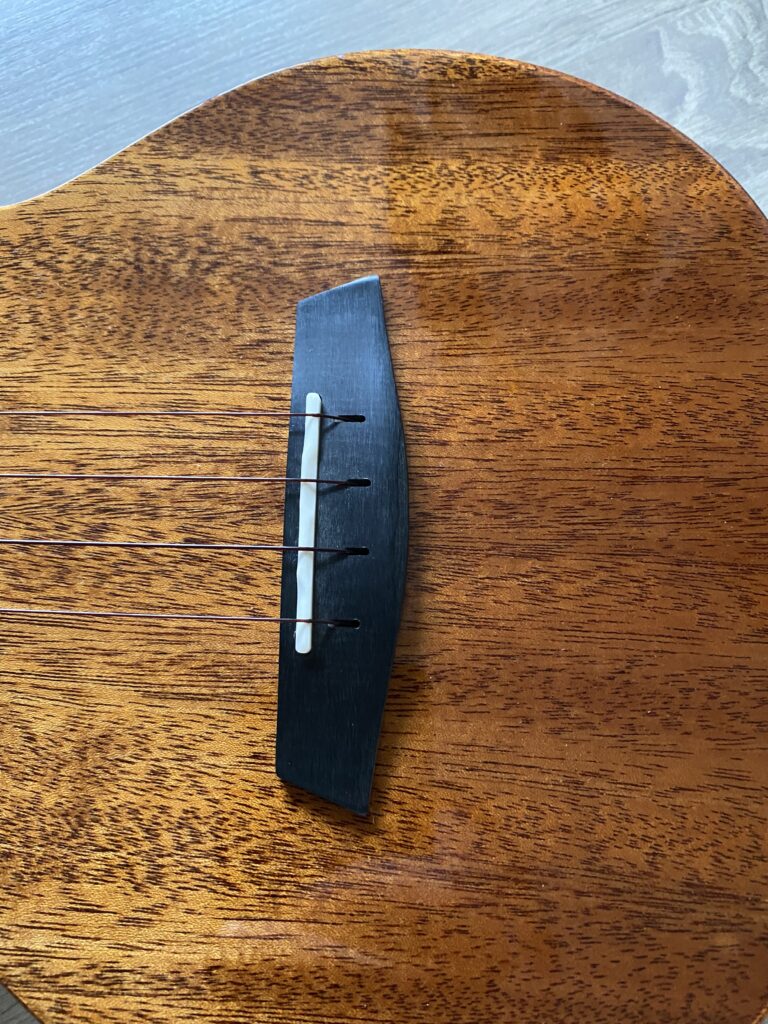
Bridge with pulled through strings
You have to pull the old strings through the sound hole out of the ukulele. Beware of the little rings or beads that are tied to them. You need them to attach the new strings!
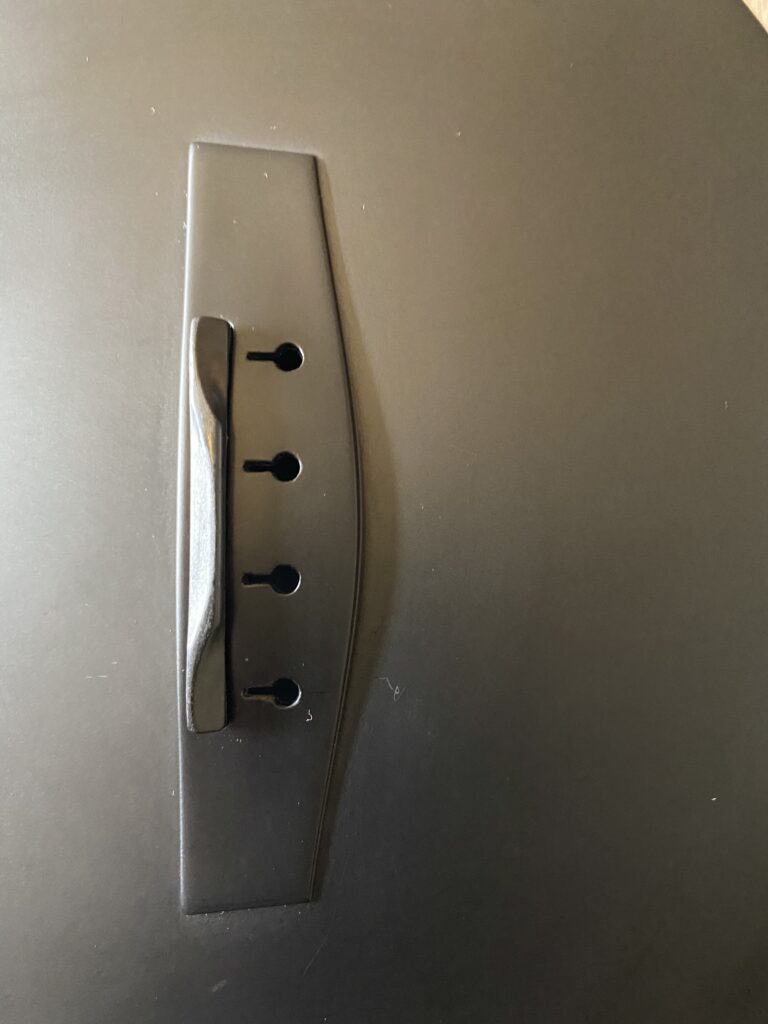
Bridge with hooked strings
Just pull the strings out of the holes.

Bridge with knotted strings
Cut the knot or untie the strings.
Caution: The saddle might fall out of your instrument, so it’s a good idea to take a picture of the alignment on the saddle, to reinstall it properly.
After getting rid of the old strings, we have the ability to clean the body and fretboard from stain and dust. I use a dry microfiber cleaning cloth to wipe over the whole instrument. Stubborn stains will be removed with a little moisture.
If you have a wooden fretboard you might want to add some fretboard oil to it, to preserve the wood from damage through dehydration. For that, just follow the instructions on your fretboard oil. I applied oil on the fretboard, until it was totally soaked and removed the excess oil with the cleaning cloth.
I also applied some of the oil to the wooden bridge on my uke, before I reinstalled the saddle.
If you have a ukulele that has a wooden body without any varnish on it, you could also apply a thin layer of oil on it. If your instrument has a layer of varnish on it or is made of plastic/fiber carbon, you can simply clean it with a damp cloth.
After cleaning we can install the new strings. The type/brand of strings you choose is totally up to you. If you were pleased with the ones that you removed, use the same type of strings again. On the other hand, there are numerous discussions on the internet about different strings, sharing the advantages or disadvantages of particular strings from different brands.
For my three instruments I used different strings from different manufacturers.
For my Enya Nova I used Aquila Reds with an unwound low G. For a plastic or fibre carbon fretboard you shouldn’t use wounded strings, because they could damage the fret wires or the fretboard. On wooden fretboards with metal fret wires they won’t cause damage. My Flight DUC380 CEQ received Ernie Ball nylon strings with a ball ending. The Enya EUT-M6 got Living Water fluorocarbon strings. Make sure you buy the right size of strings for your instrument, to fit properly. (e.g.If you have a Tenor , you don’t want to mistakenly buy strings for a Soprano)
Let’s have a look at the different bridges:
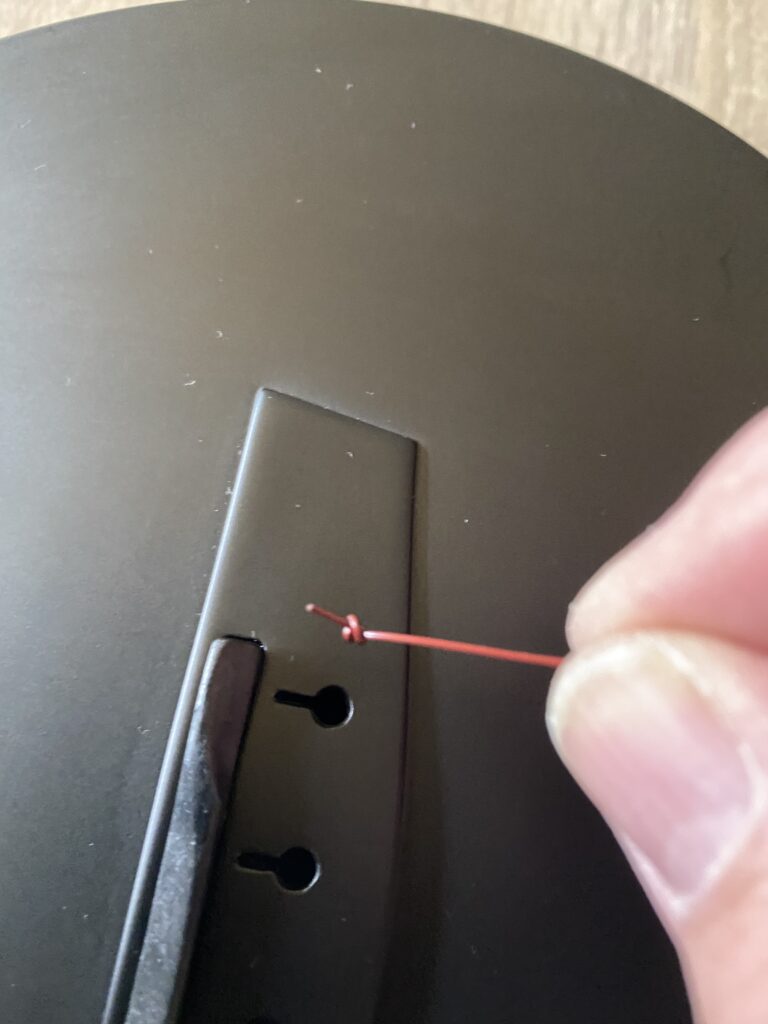
At first the Enya Nova with it’s slotted bridge
I tied a knot at the end of the strings,
making sure, that the end is about
2 mm long, so that it wouldn’t cause
buzzes inside the instrument, then I
hooked it under the slot and pulled it
to the tuners.
Second we will look at the Enya M6 with a pull through bridge.
I pass the string through the hole and pulled it out of the soundhole.
Next I tied the little bead, that was on the old strings to it,
Again, making sure to keep the end of the string short.
Then I pulled the string to the tuner.
At last we look at the “standard bridge“ on my Flight DUC 380 CEQ.
After reinstalling the saddle I passed it through the hole of the bridge. Now, there is a bit of knotting needed.
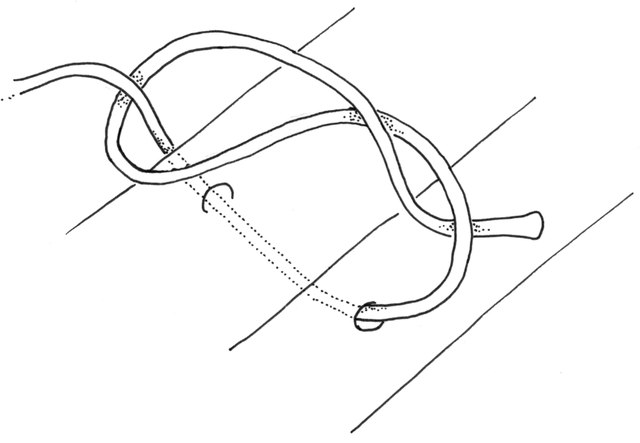
(Picture by Mike Dickinson, commons.wikimedia.org) 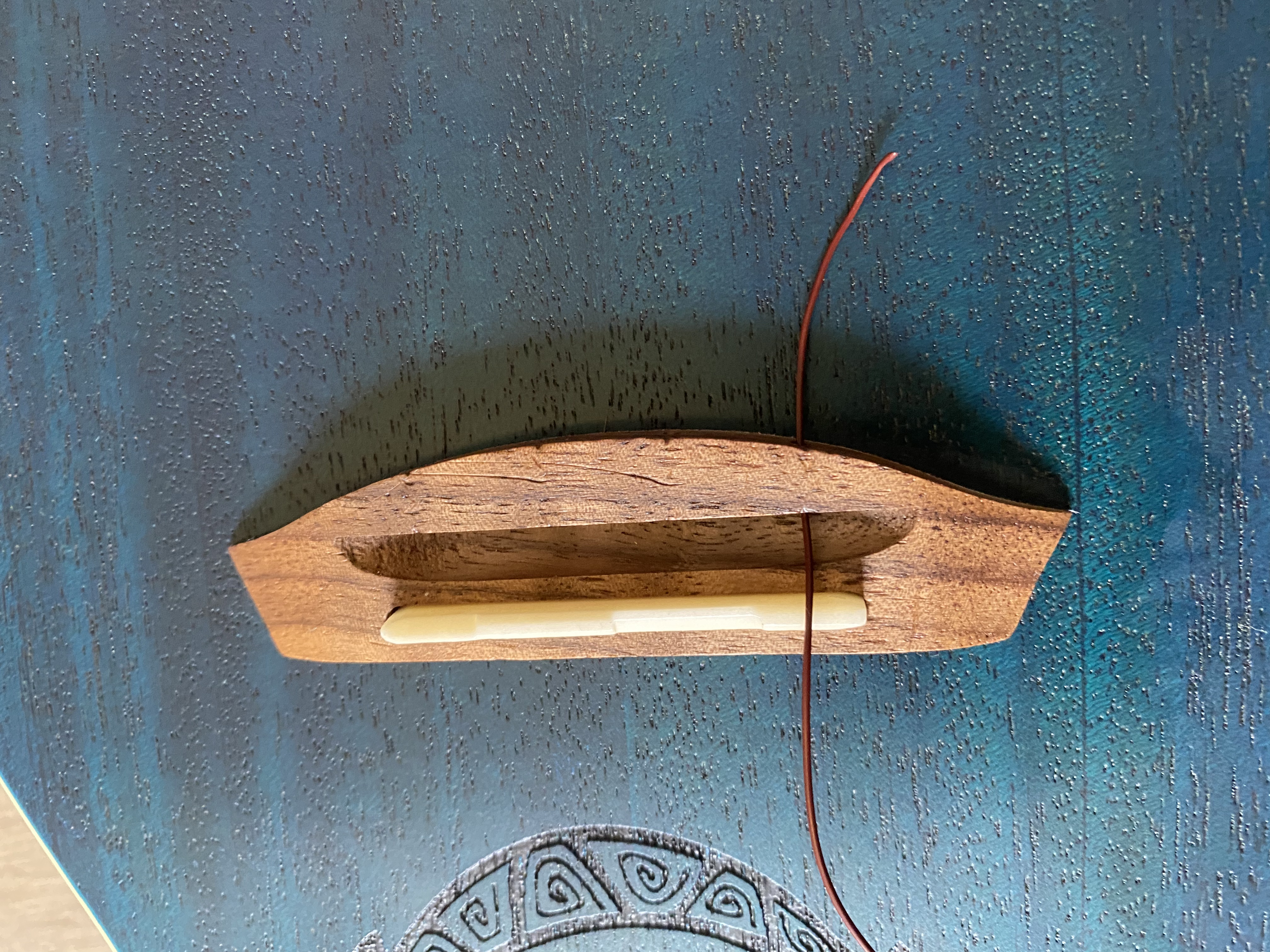
You’ll need to loop the string back around itself and tuck the end under and tighten it. I tuck the end of the string into the next knot, so that it wouldn’t hang loose at the bridge.
I used the mentioned Ernie Ball strings, just to try them out and have easy mounting of the strings, since the balls at the end do not need knots.
Having the installation on the bridge covered, we will look at the other side of the strings and how to fasten them on the tuners.

I lead the string through the notches on the nut, push them through the little hole on the tuning peg and pull them tight. After that, I turn the peg counter-clockwise to fasten the
strings on the tuner. The turning direction is up to you, you could also turn them clockwise if you like.
I try not to wind up too much string,
because the more string you wind up,
the more they have to stretch, until the strings settle. I cut the excess string short (approx. 2 millimeters) on the tuners
Repeat this with all 4 strings, tune them and you’re done.
Congratulations !
You just changed the strings on your instrument yourself.
As mentioned, the new strings have to stretch and settle in the next few days. Play your instrument daily for about 15 to 30 Minutes, stretch the new strings by pulling them out and they normally will settle in about seven days. You could tune them a half step higher after playing, that might accelerate the process of setting a bit.
